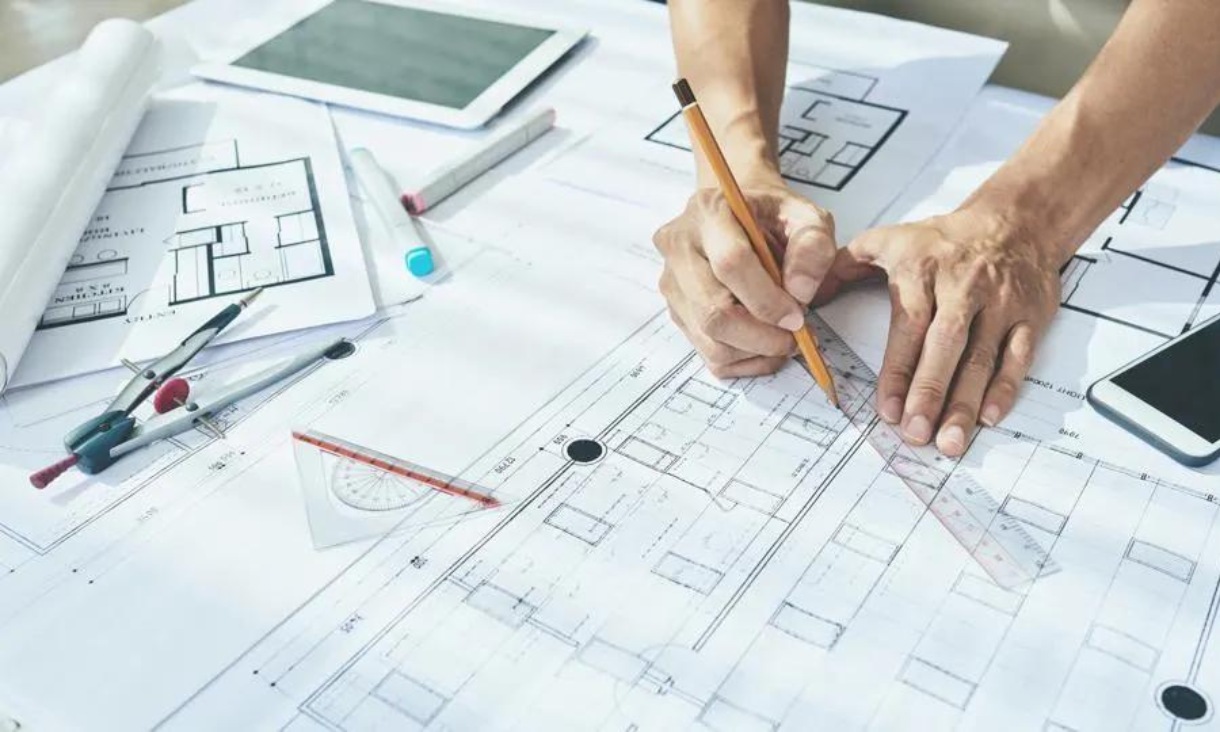The launch of the Guides to Wellbeing in Architectural Practice
Stead launched the series of five guides at a two-day symposium, The Wellbeing of Architects: Education and Practice, held at Collingwood Yards on May 8-9.
The symposium presented the study’s findings, as well as propose and discuss actionable recommendations to address the mental health and wellbeing issues prevalent in the architecture community.
As a free online resource, the downloadable "Guides to Wellbeing in Architectural Practice" outline ways to improve wellbeing within architectural offices, with practical suggestions and advice for practices, professional bodies, and individuals – including advice for people on how to improve their own wellbeing within their workplace.
Stead said the guides identified and expanded on five major themes for improving wellbeing amongst architects.
“A key factor we found was that while architects are highly committed and believe that their work can make a positive difference in the world, society at large doesn’t necessarily see or understand that potential contribution – to the public domain, sustainability, and improving quality of life for all – amongst other things,” she said.
“This means unreasonable pressure on the time and money available to complete work – avoiding that would mean practices are in a better position to avoid disruptive redundancies, improve job security and satisfaction, and pay their people well.”
Trust, transparency and psychosocial and psychological safety were also found to be vital to a healthy and productive workplace.
Stead said everyone had a part to play in making positive changes to wellbeing across the architecture profession – as part of the larger construction industry.
“It doesn’t matter if you’re a director, project leader or just starting out in architecture, prioritising the wellbeing of all in the practice are key steps to making the industry a better place to work,” she said.
The Wellbeing of Architects guides were published by and produced in association with Parlour, with key authors Susie Ashworth, Alison McFadyen, and Justine Clark. They are based on the model of the award-winning Parlour Guides to Equity in Practice which have been widely taken up in the architectural profession worldwide and adapted to other professions.
Industry partners for the ARC Linkage project include the NSW Architects Registration Board, The Australian Institute of Architects, The Association of Consulting Architects, the Association of Australasian Schools of Architecture, BVN, DesignInc, Elenberg Fraser, The Fulcrum Agency, Hassell, and SJB.
Story: Finn Devlin





